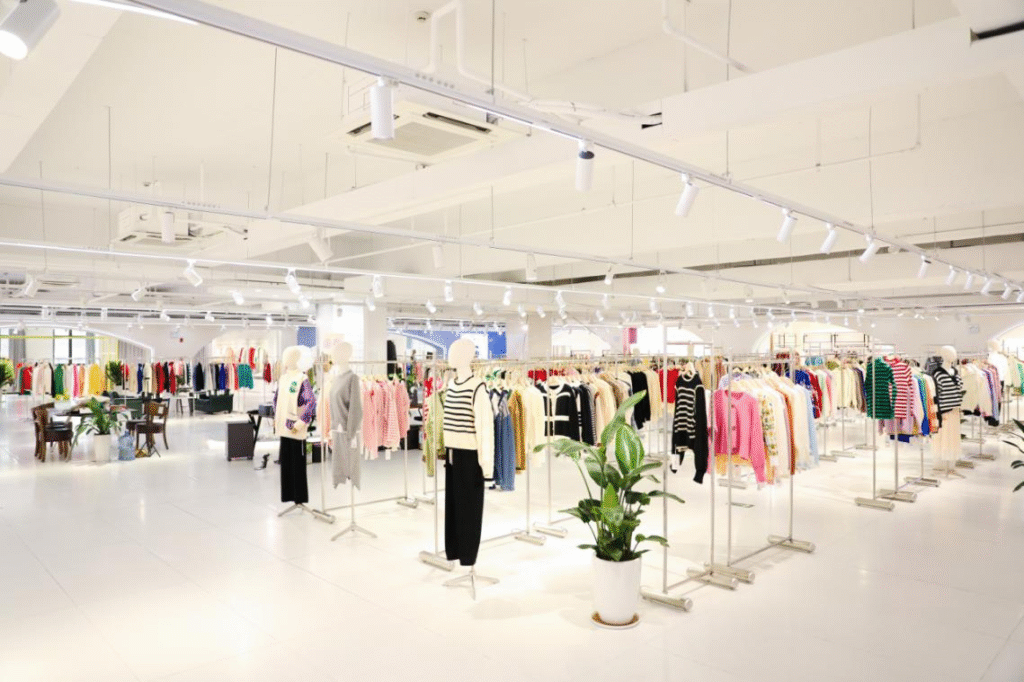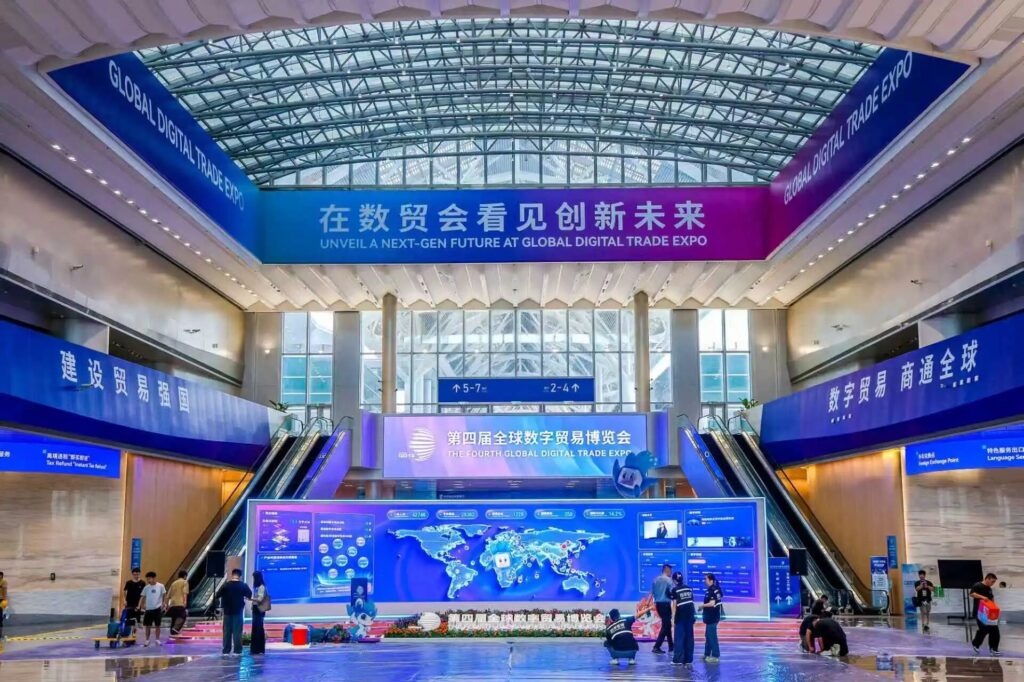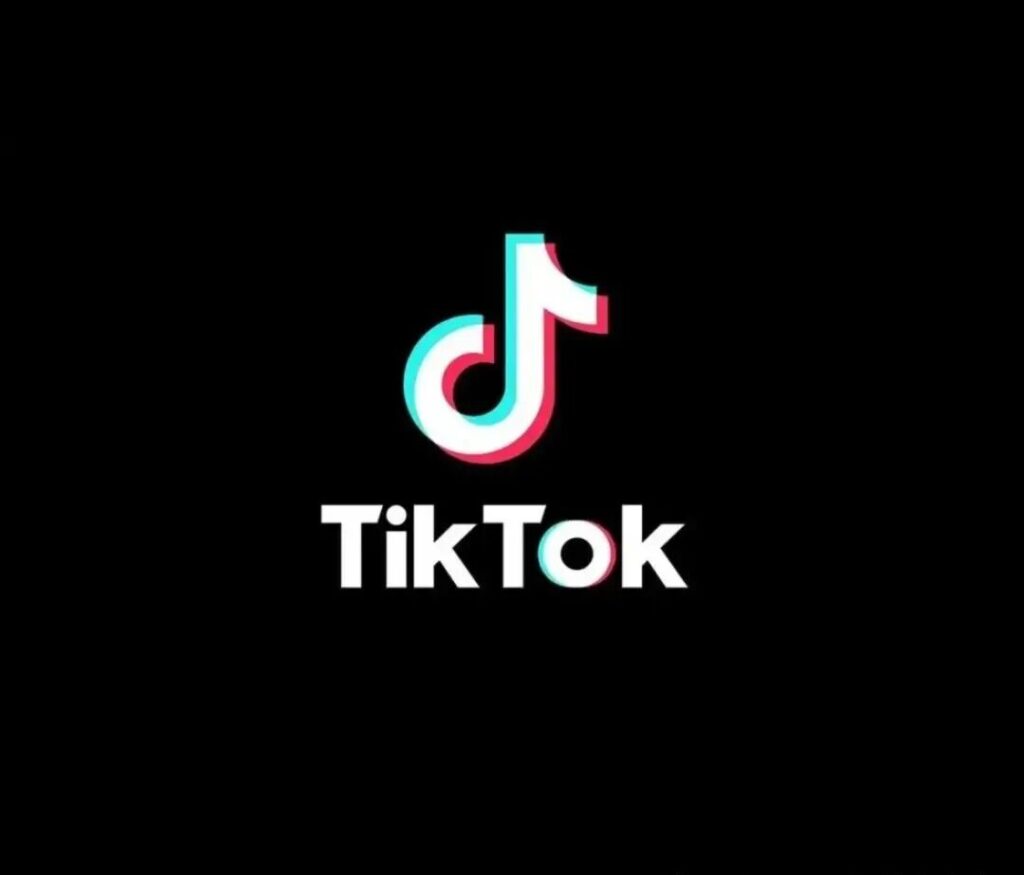JS For traditional fashion brands suggestion.
Author: Jsfur.com
Date: September 16 2025
1. Introduction: The Collision Between a Century-Old Industry and New Technology
Fashion has long been described as the business of “the new,” yet paradoxically it is also deeply rooted in tradition: from the century-old rules of Paris haute couture to the family-run workshops of Italian leather artisans. In the 2020s, however, the fashion industry faces what may be the most disruptive upheaval in its modern history: the twin forces of internet commerce and artificial intelligence (AI).
According to the McKinsey State of Fashion Report 2025, the global fashion market is valued at $1.7 trillion, with e-commerce now accounting for over 40% of total sales. Meanwhile, more than 65% of millennials and Gen Z consumers report they make purchase decisions directly through social media platforms, bypassing both traditional retail and glossy magazines.
AI is no longer peripheral but central:
- Design: AI can generate thousands of design drafts within hours, compressing development cycles.
- Supply chain: Predictive AI can forecast fashion trends 3–6 months in advance, lowering overstock risk.
- Retail: Virtual try-on mirrors, digital avatars, and personalized recommendations are already mainstream in North American e-commerce.
For heritage fashion brands whose DNA lies in craftsmanship and timeless aesthetics, this dual disruption represents both a threat and an opportunity. Their challenge: to defend their legacy while strategically embracing technologies that can redefine the competitive landscape.
2. Industry Data: Measuring the Internet and AI Disruption
E-commerce Dominance
- By 2025, e-commerce penetration in U.S. fashion has reached 38% (up from 27% in 2020).
- Amazon Fashion is now the largest single apparel retailer in the U.S., with more than 12% market share.
- Ultra-fast fashion platforms like Shein and Temu collectively hold about 8% of the U.S. market and are still growing.
Consumer Behavior Shift
- 68% of young consumers depend on TikTok and Instagram for styling inspiration.
- 42% of buyers report that AI recommendations influenced their purchases.
- 35% of American consumers tried virtual fitting rooms in 2025; 22% say the experience directly shaped their buying decision.
Industrial-Level AI Use
- H&M: AI-assisted designs now represent 20% of seasonal releases, with plans to rise to 35% by 2026.
- Nike: AI demand forecasting is credited with improving inventory turnover by 15%.
- LVMH: AI-powered customer service bots cut response times by 70%.
3. Challenges for Heritage Brands
Generational Disconnect
- Among U.S. consumers under 25, only 28% could correctly identify the logos of Parisian heritage brands, while 65% recognized Shein’s logo.
- Traditional fashion shows and magazines are losing cultural relevance to influencer-driven, AI-curated feeds.
Supply Chain Rigidity
- Legacy brands operate on biannual design-show cycles, whereas fast fashion has achieved weekly drops.
- This lag creates exposure to both excess inventory and slower trend adaptation.
Tech and Talent Gaps
- Many heritage houses lack in-house AI or data teams.
- Designers often remain divided: some fear AI may “dilute creativity,” while others view it as an accelerator.
4. Supplier and Partner Ecosystem
To survive and thrive, heritage brands must engage with new categories of suppliers:
- AI & Digital Platforms
- Adobe Firefly, MidJourney, Runway: Generative AI visual design.
- Stitch Fix AI: Personalized style prediction.
- Clo Virtual Fashion: Virtual design and fitting.
- E-commerce & Social Commerce
- Amazon Fashion, Farfetch, Shopify: Multi-channel retail expansion.
- TikTok Shop, Instagram Shop: Direct-to-consumer discovery.
- Smart Supply Chain Services
- Flexport, Project44: AI-driven logistics.
- Lectra: Automated cutting and PLM integration.
- Consumer Data & Insights
- NielsenIQ, McKinsey Analytics: Trend analysis.
- Brandwatch: Real-time social listening.
5. Brand and Celebrity Voices
- François-Henri Pinault (CEO, Kering): “AI will not destroy luxury. It will make us more precise and efficient in delivering luxury experiences.”
- Ashley Graham (Model & Designer): “Inclusive fashion, when merged with AI, means every body type can find something tailored to them online.”
- Elliott Hill (CEO, Nike): “AI is not here to replace designers but to help them speak faster and more accurately to consumers.”
The consensus across leaders: AI as empowerment, not replacement.

6. U.S. Market Data Snapshot
- Sales Growth: U.S. fashion retail projected to rise 2.7–3.7% in 2025.
- E-commerce Share: Expected to exceed 40% by 2026.
- Consumer Values: 54% willing to pay more for sustainable fabrics; inclusivity remains a strong driver.
- Resale Market: U.S. secondhand fashion projected to hit $82 billion by 2029, growing over 15% CAGR.
7. Strategic Recommendations
1). Embrace AI Without Losing Craftsmanship
Use AI for early-stage ideation and forecasting while retaining human artisanship for final curation. Market the “AI + Artisan” model as innovation rooted in tradition.
2). Multi-Channel Commerce
Keep physical boutiques as experiential flagships while expanding into Amazon, Farfetch, and TikTok Shop. Integrate with virtual try-on to cut return rates.
3). Smarter Supply Chains
Adopt small-batch, rapid-replenishment cycles supported by AI demand prediction. Partner with Flexport or Lectra to increase agility.
4). Storytelling and Cultural Heritage
Lean into brand heritage narratives online, paired with AI-driven multilingual content for global audiences.
5). Sustainability and Responsibility
Invest in eco-friendly materials, comply with carbon disclosure standards, and align with emerging regulations in New York and California.
8. Conclusion
Internet platforms and AI are not marginal forces—they are the new fabric of the fashion economy. For heritage brands, the existential risk lies not in “losing tradition” but in “resisting innovation.”
The winners of 2025 and beyond will be those who balance craftsmanship with computational intelligence, who treat sustainability not as a slogan but as infrastructure, and who master the cultural codes of both Parisian ateliers and TikTok feeds.
For traditional brands, this is not the twilight of their relevance but potentially their rebirth—if they dare to stitch tradition with technology.








